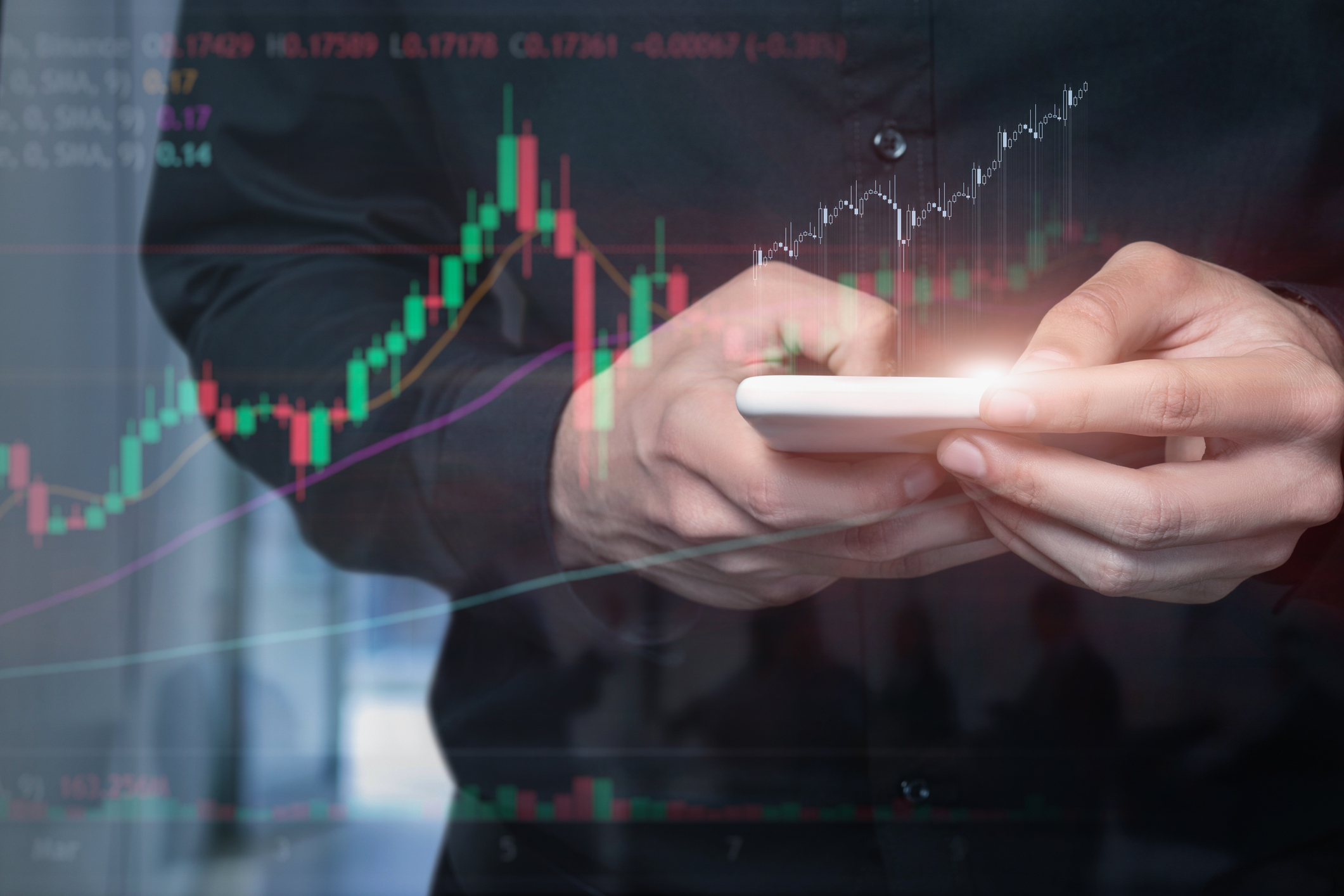You trade like a professional, not a hobbyist, when you treat the market as a probabilistic business, define risk per trade (e.g., 0.25–1% of your account), and separate your self-worth from wins or losses. You use a structured routine, preplanned entries and stops, backtested strategies, and strict journaling to refine a real edge. You avoid impulsive trades, protect capital first, and use each outcome as data that guides your next step.
Mindset and Psychological Approach
Why does the way you think about trading matter so much? Because your mindset determines how you interpret data, manage risk, and respond to uncertainty.
As a hobby trader, you may chase excitement, react to headlines, trust instincts, and treat each trade as an isolated bet.
As a professional-minded trader, you view markets probabilistically, accept uncertainty, and focus on long-term expectancy, the average outcome of many trades.
You define risk as the amount you’re willing to lose per position, not just potential profit.
You separate your self-worth from trade outcomes, so a loss becomes information, not identity.
You maintain emotional discipline, question cognitive distortions, and adapt your thinking as conditions change, instead of defending impulsive opinions.
Commitment, Routine, and Work Ethic
A professional mindset only turns into consistent results when you match it with structured commitment, a repeatable routine, and a disciplined work ethic.
You treat trading like a job, not entertainment, and you show up even when markets feel slow or uncomfortable.
You schedule defined research blocks, maintain a watchlist, and review key economic events before each session.
You log every trade, record your reasoning, and evaluate execution quality.
You standardize pre-market preparation, intraday checklists, and post-market reviews, so you reduce impulsive decisions.
You continuously study market structure, order flow, and instrument behavior, using reliable data instead of opinions.
Over time, your consistent routines build pattern awareness, refine your strategy, and separate professional performance from casual speculation.
Risk Management and Capital Protection
Unlike hobby traders who focus on finding the next big win, professional traders start by defining how much they’re willing to lose, then build everything else around capital protection.
You treat every position as a risk allocation problem, not a prediction contest, and you structure decisions to survive long sequences of losses.
You use specific rules:
- Limit risk per trade, typically 0.25–1% of account equity, preventing one mistake from causing major damage.
- Set stop-loss orders before entering, placing them at logical technical or volatility-based levels, not on emotion.
- Size positions using a formula (e.g., fixed fractional), aligning trade size with defined risk.
- Manage overall portfolio exposure, capping borrowed exposure and correlations so multiple positions can’t implode simultaneously.
Strategy Development and Edge Validation
Professional traders protect capital by design, then use that stability to build, test, and refine strategies that show a repeatable edge over time.
You start by defining exact entry, exit, and position sizing rules, then base them on clear logic, such as trend-following, mean reversion, or breakout behavior.
You translate those ideas into precise conditions, so nothing depends on impulse.
You then validate edge: you backtest rules on historical data, check performance across market regimes, and watch metrics like win rate, average reward-to-risk, drawdown, and expectancy (average profit or loss per trade).
You apply out-of-sample tests to avoid curve-fitting and discard ideas that fail statistically or rely on rare, unrepeatable conditions.
Performance Tracking and Continuous Improvement
Only when you measure results with precision can you manage and improve them like a professional trader. You don’t guess; you track every trade in a structured journal, reviewing data weekly and monthly to refine decisions. You define key metrics, then compare them against your plan, not your emotions.
- Record entry/exit, rationale, size, and market backdrop so you can isolate patterns and errors.
- Track metrics: win rate, average R-multiple, drawdown, expectancy, and variance across setups.
- Use this feedback to adjust rules: tighten entries, refine stops, remove unprofitable conditions.
- Run periodic reviews, tag screenshots, and build a playbook of proven setups, discarding impulsive trades.
Through consistent tracking, you convert random outcomes into measured, improvable performance.
Conclusion
To move from hobbyist to professional, you must treat trading like a structured business. Define clear rules, document your strategy, and validate your edge with data, not guesses. Protect capital with strict position sizing, stop-losses, and maximum drawdown limits. Track every trade, review results weekly, and adjust based on evidence. When you commit to disciplined processes, objective risk control, and continuous learning, you convert inconsistent speculation into a sustainable, professional trading approach.

